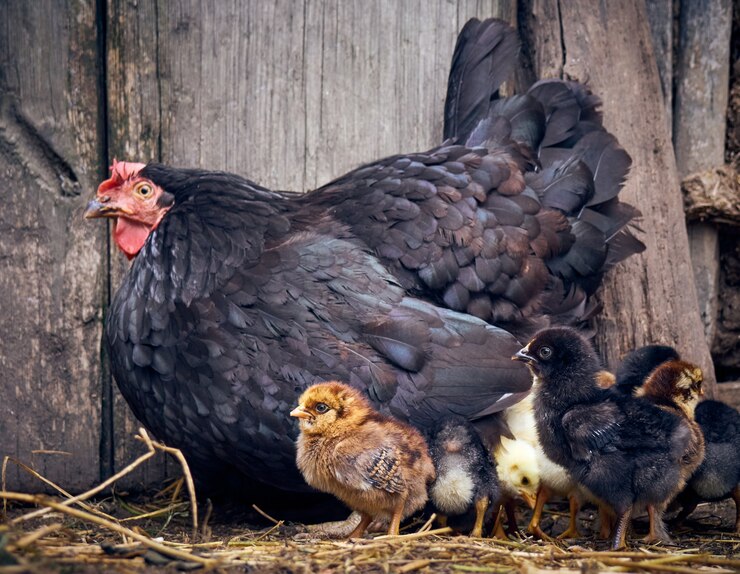
Chickens get more than simply calories from their feed. Poultry feed impacts birds’ health, growth, and even meat nutrition. If your chickens are layers, their diet impacts their eggs. Knowing the components helps you pick the proper feed.
If you are looking for chicken feed for sale, it is essential to consider the top feed companies as ingredients play a significant role.
The components in chicken feed vary depending on whether it’s for layers, chicks, or birds. Corn, soybean meal, and wheat or wheat middlings are the top three components in most of nature’s best-bagged feeds.
Chicken feed is primarily a blend of corn and soybean meal that trained animal nutritionists have carefully designed to ensure that each bird receives the required nutrients appropriately.
Chicken feed varies according to the needs of the birds. It never contains hormones or steroids. In reality, adding hormones and steroids is prohibited in any chicken under federal laws.
Many Brands Of Chicken Feed Have The Following Ingredients Listed On The Label:
1. Cereals and cereal byproducts
Wheat, corn, sorghum, barley, and rye are cereals used as feed. Some of these cereal grains create byproducts during milling or brewing.
2. Minerals and vitamins
Sodium, calcium, phosphorus, Lysine, and methionine, among other amino acids, minerals, and vitamins, are often given to feed. Vitamin D3, niacin, vitamin B12, vitamin A, and riboflavin are possible additions.
3. Protein:
Chickens consume insects readily since they are omnivores and require protein to survive. The majority of protein in feed comes from soybean, canola, or sunflower meal, a byproduct of the oil extraction process.
4. Fats:
Fats and oils are crucial because they aid in absorbing vitamins and provide energy to hens. They also include fatty acids that are essential for good health.
Types of chicken feed:
The age of your chickens will determine the sort of feed you require. Chick starter, grower, and layer feeds are the three basic types.
1. Chic Starter
Kittens, puppies, and humans all begin life-consuming a different type of food than they would later consume. You should give them a “chick starter” diet for the first six weeks of their lives, which has more protein but less calcium.
2. Grower
Grower is another type of chicken feed with a lower protein content than starter feed.
3. Layer
When chickens reach egg-laying age (18 to 20 weeks), they’re ready to transition to a layer diet with even less protein but more calcium for optimum eggshell formation.
4. Organic
If you want to raise chickens organically, you should check into organic feed alternatives. While somewhat more expensive, the organic chicken feed has certain possible advantages, such as being cultivated with fewer agricultural pesticides.
5. Medicated
Medicated diets on the market help prevent chickens from common ailments.
6. Scratch
Scratch is a meal meant to keep your hens from becoming bored, but it is low in nutrients. Chicken scratch should not be fed solely since it lacks essential nutrients; instead, consider it a pleasure.
Scratch is a mixture of grains such as wheat, oats, or maize that chickens enjoy eating, but it should not be overfed.
Read Also:


















